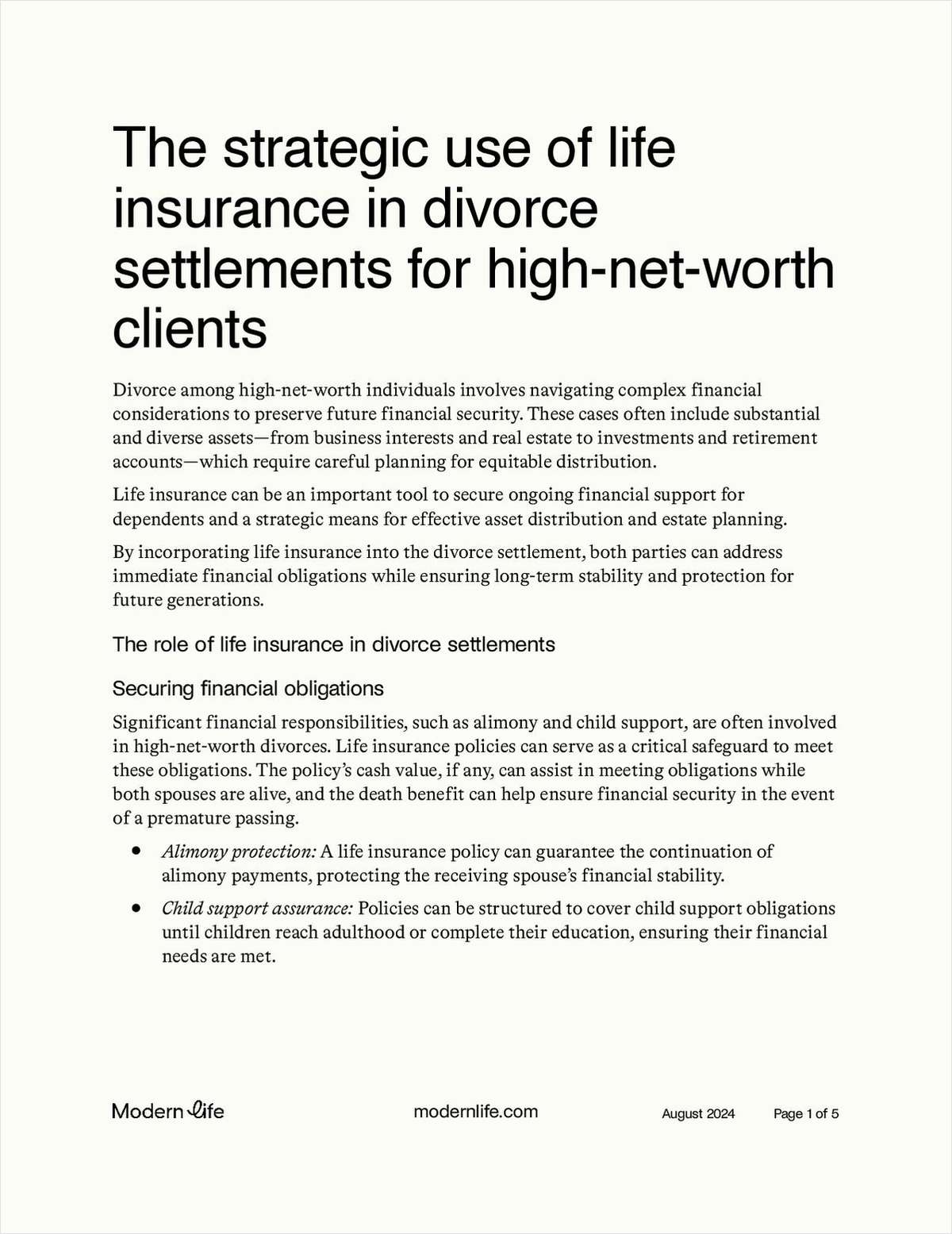Officials are developing a general guide for creating a new "principles-based" reserving system.
District of Columbia Insurance Commissioner Thomas Hampton, chair of the PBR working group at the National Association of Insurance Commissioners, Kansas City, Mo., and Alfred Gross, have prepared a draft that lists 6 guiding principles for PBR efforts:
- Regulatory requirements should be open and transparent, and U.S. principles and standards should be becoming more similar to international solvency principles and standards.
- Accounting for reserve liabilities should rely on sound accounting and actuarial principles.
- Capital adequacy principles should provide sufficient capital for insurers to pay policy claims and meet other obligations even under adverse conditions.
- Corporate governance principles should include sound risk management practices.
- Some solvency information should be public, and the information not made public should be identified.



